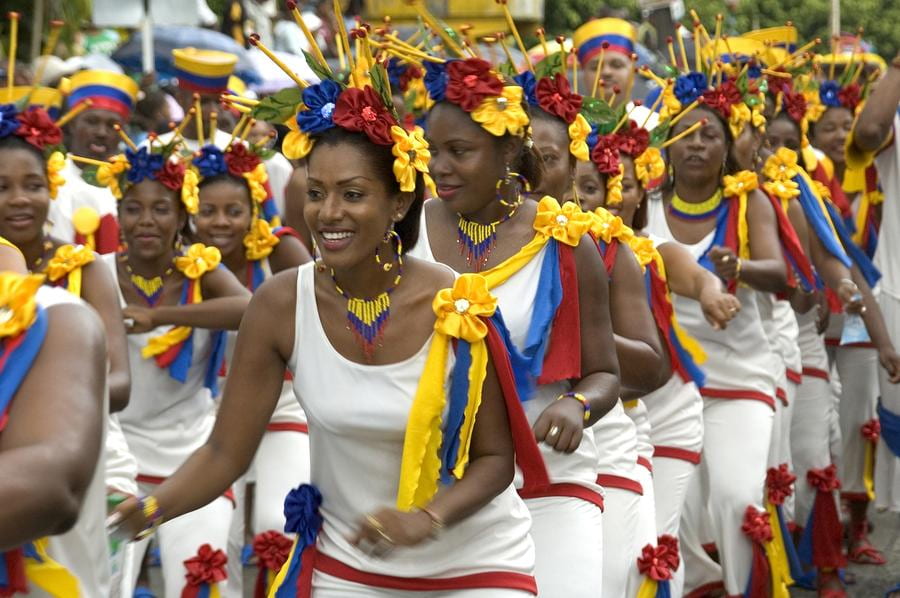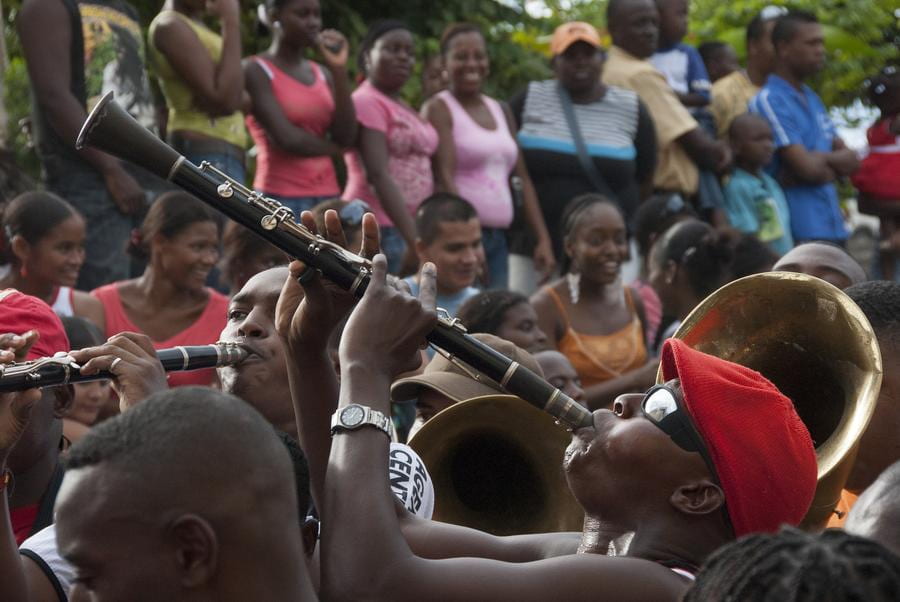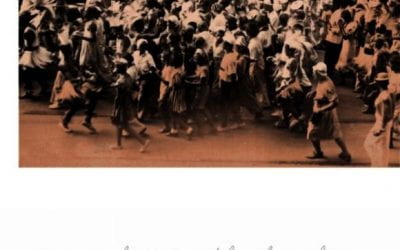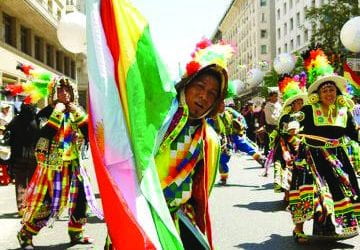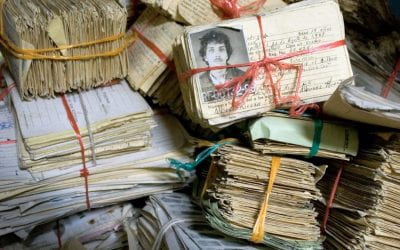The Fiestas de San Pacho
Community Resistance in El Chocó
The Fiestas de San Pacho (St. Francis of Assisi) in Quibdó, El Chocó, Colombia, are sixteen days of barrio–based parades and religious observations (and, in fact, less well-known activities start a month earlier). Some people criticize the fiestas as excessively secular, lacking seriousness and religious fervor. Others see them as little more than excuses for drunkenness and disorder, and still others object to the expenses that poor communities run up to support the parades. I have a different view; in an area where territory (in all its meanings) is a central social and political issue, I see these celebrations as an affirmation of community and a claim to belonging and ownership, as a form of cultural resistance. For a development of this idea, please see my article, “Las Fiestas de San Pacho en Quibdó, El Chocó: Punto de resistencia cultural comunitaria.”
<www.stevecagan.com/SanPachopaper/SanPachoenero2014.pdf>
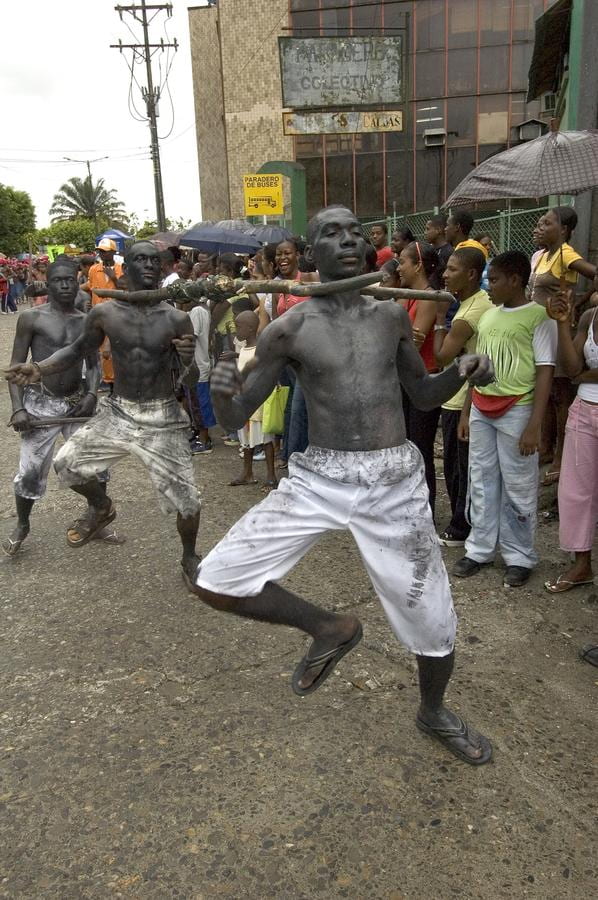
Scenes from the fiestas of St. Francis of Assisi, otherwise known as San Pacho, in Quibdó, El Chocó, Colombia
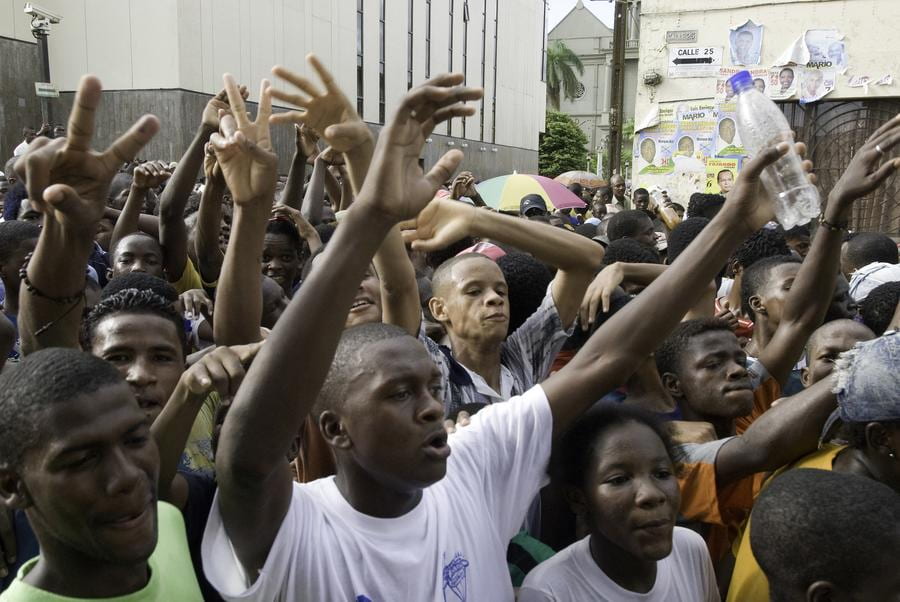
Emotions swing wild at the sixteen-day celebration of barrio-based parades and religious observations in Quibdó in El Chocó on Colombia’s isolated Pacific coast.
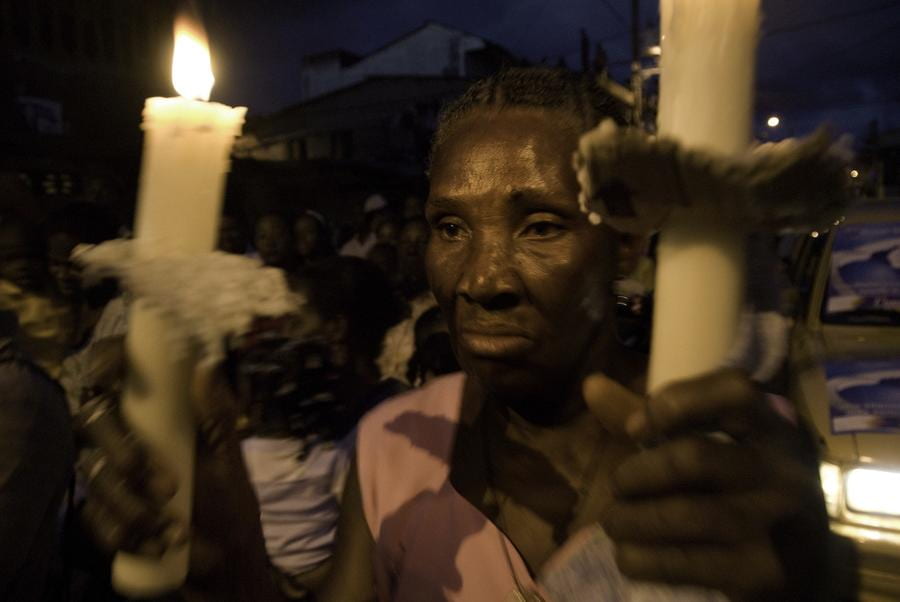
In an area where territory (in all its meanings) is a central social and political issue, photographer Steve Cagan sees these celebrations as an affirmation of community and a claim to belonging and ownership.
Spring 2014, Volume XIII, Number 3
Steve Cagan is an independent documentary photographer who has lately focused on environmental issues and grassroots daily life on the Pacific Coast of Colombia. His latest work for ReVista was in the Winter 2014 issue on mining. He can be reached at steve@stevecagan.com
Related Articles
Porous City: A Cultural History of Rio de Janeiro
In her book Hegel, Haiti and Universal History, Susan Buck-Morss cautioned against the growing trend in the academy towards specialization. Specialization…
Proud to be Bolivian
There was a time in Buenos Aires when Bolivians were often victims of hate crimes. They huddled in their working-class neighborhoods, hoping they might…
Paper Cadavers: The Archives of Dictatorship in Guatemala
In July 2005, Edeliberto Cifuentes, a noted historian at that time employed by the office of Guatemalan Human Rights Ombudsman (PDH) as a hands-on…

